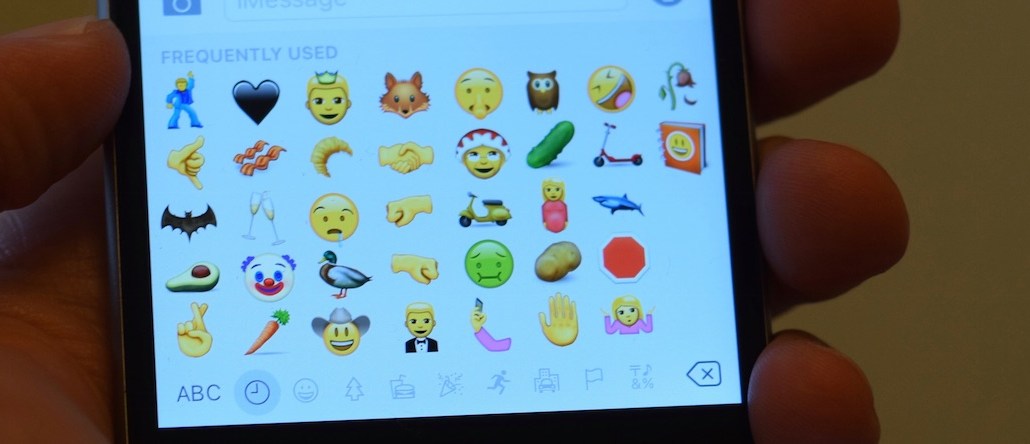Save 50% on a 3-month Digiday+ membership. Ends Dec 12.
38 new emojis are under consideration, including avocado, bacon and a selfie

With the introduction of the avocado emoji, we’re a turkey slice away from making a complete sandwich.
The Unicode Consortium released 38 candidates for new emojis it’s considering for next summer’s release, Unicode 9. Based on popular requests from the Internet, the emojis under consideration include a pregnant woman, a terrifying clown face and a selfie-taking arm.
Within the food category, companies like Chipotle and Oscar Mayer are probably thrilled to see that an avocado and bacon might be included for their brand tweets. (We’ve reached out to them to gauge their excitement, but have not yet heard back.)
There’s also clinking glasses of champagne, a carrot, a potato and a cucumber:

Also, already existing emojis will be given a partner. For example, the iconic dancing red dress woman will be matched with a man in a blue tuxedo, Santa Claus (a.k.a. “Father Christmas”) reunites with his wife and the princess is getting a prince:



The faces and body category includes a nauseated face, a shrug, a bloated clown face and a drooling face, perhaps in reaction to the delicious bacon and avocado combination. And, of course, the instantly iconic arm-taking selfie:

The previous release, which included the taco emoji much to Taco Bell’s excitement, was approved in by the Unicode Consortium in June, but has not been yet seen on Apple or Android devices since the design process takes several months.
It’s unlikely all 38 emojis will make the cut, yet the ones that are approved won’t be available to use until mid-2016, the organization says.
All images via Emojipedia.
More in Marketing

In Graphic Detail: Here’s what the creator economy is expected to look like in 2026
Digiday has charted its expected revenue, key platforms for creator content as well as what types of creators brands want to work with.

Ulta, Best Buy and Adidas dominate AI holiday shopping mentions
The brands that are seeing the biggest boost from this shift in consumer behavior are some of the biggest retailers.

Future of Marketing Briefing: AI confuses marketers but their own uncertainty runs deeper
That was the undercurrent at this week’s Digiday Programmatic Marketing Summit in New Orleans.





